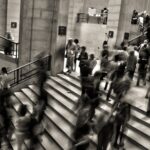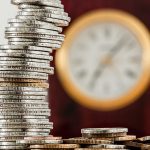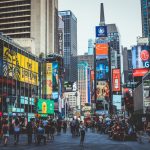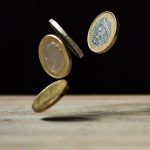The US Economy and How it Works?

Have you ever wondered how the American economy operates specifically? Not too well, you may think during a recession.
Understand the rules of supply and demand and the gross domestic product to better understand the causes of the recession. Learn about the employment of trade and fiscal policy by the federal government. Understand how the Federal Reserve uses monetary policy to prevent inflation while promoting growth. Observe how Wall Street’s financial markets affect Main Street and your community.
GDP
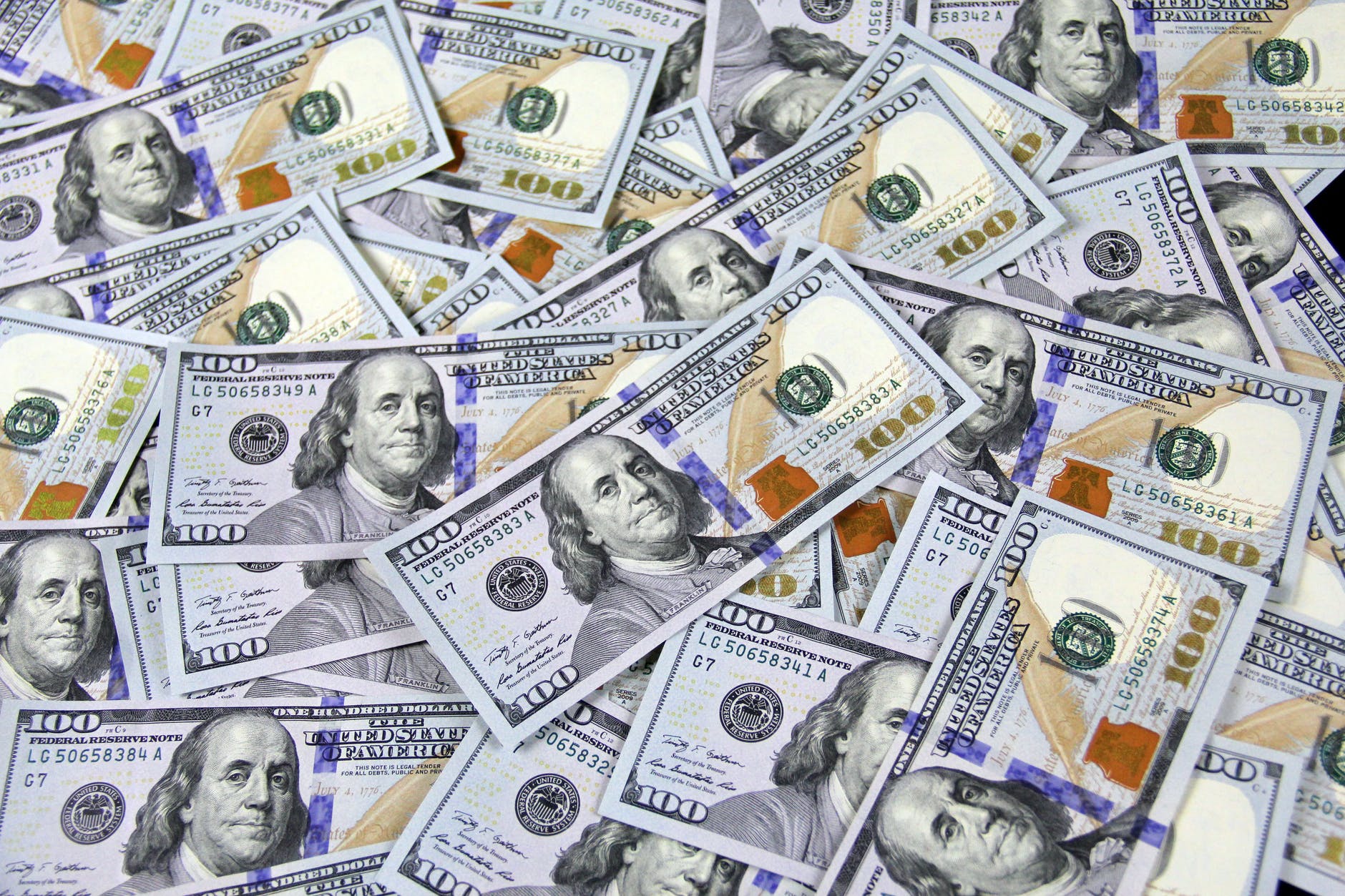
GDP serves as a benchmark for all economic output in the United States. The economy enters a recession when the GDP growth rate declines.
That has occurred during every recession in American history. Depression is defined as a persistent economic contraction. Find out what makes a recession versus a depression.
Also Read: The Financial Crisis of 2007-08
Spending by consumers is the main driver of the economy. Net exports, government spending, and business spending make up the remaining three factors.
The US economy is no longer the biggest in the world. China has exceeded the U.S.’s current GDP figures. The world’s second-largest economy is that of the United States, with Japan and India coming in third and fourth, respectively.
SUPPLY AND DEMAND
The two main economic factors in the United States are supply and demand. Natural resources like oil, land, and water are included in the supply along with labor, which is symbolized by employment. 70% of the cost of gas is determined by oil prices.
Nearly 70% of the economy is driven by demand or human consumption
The holiday shopping season, which begins on Black Friday, is when a lot of this happens.
Also Read: What is Inflation?
Unemployment soared throughout the recession. Many people quit looking for work because they lost hope of ever obtaining employment. 38.1 million Americans, or one-third of the population, are therefore poor or very near poor. 5 That is one of the factors slowing the American economy. The recession did not cause income disparity. As the 2000s went on, it started to get worse.
INFLATION AND DEFLATION

When supply is insufficient to meet demand, inflation results in higher prices. The extent to which inflation affects your life depends on your income and how quickly it increases in line with growing costs.
It can be challenging to stop inflation. Once it happens, consumers start to anticipate ever-rising prices. They’ll purchase now before prices increase even further in the future. This further drives up demand. An increase in the amount of money available is another factor in inflation.
Also Read: Why is Everyone in Monaco so Rich?
The Consumer Price Index is used by the U.S. government to calculate the current inflation rate, however, it occasionally produces inaccurate results. Oil, gas, and food prices are determined by the commodities market. 6
They can change dramatically in a matter of months. The core inflation rate is what the Federal Reserve instead uses. Costs for food and energy are not included. 7
Asset inflation, such as that seen in stocks or property, is referred to as an asset bubble.
Deflation, on the other hand, is when prices drop. Assets like stock portfolios and home prices also experience that. Stock market collapses and economic catastrophes result from this. For an economy, deflation is worse than inflation.
FISCAL POLICY

The $4 trillion federal budget is fiscal policy. You should be aware of how the money is used because taxes on your income are ultimately where all the money originates from. The economy can be influenced by fiscal policy in a number of ways, but only businesses can generate economic growth.
Each year, the president initiates the budget process, but only Congress has the power to spend public funds. For instance, Congress accepted President Obama’s economic stimulus plan despite it being his brainchild.
Also Read: 4 Economic Concepts Everyone Should Know
A budget deficit results from spending exceeding receipts. It is included in the national debt each year.
The Bush tax rebates are a significant factor in the deficit and debt. They adhere to supply-side economics theory. It claims that eventually, lower taxes will boost the economy to the point that they make up for the taxes lost. That hasn’t taken place. But because individuals detest paying taxes, tax rebates are extremely popular. A fair tax or a flat tax are popular ideas.
MONETARY POLICY
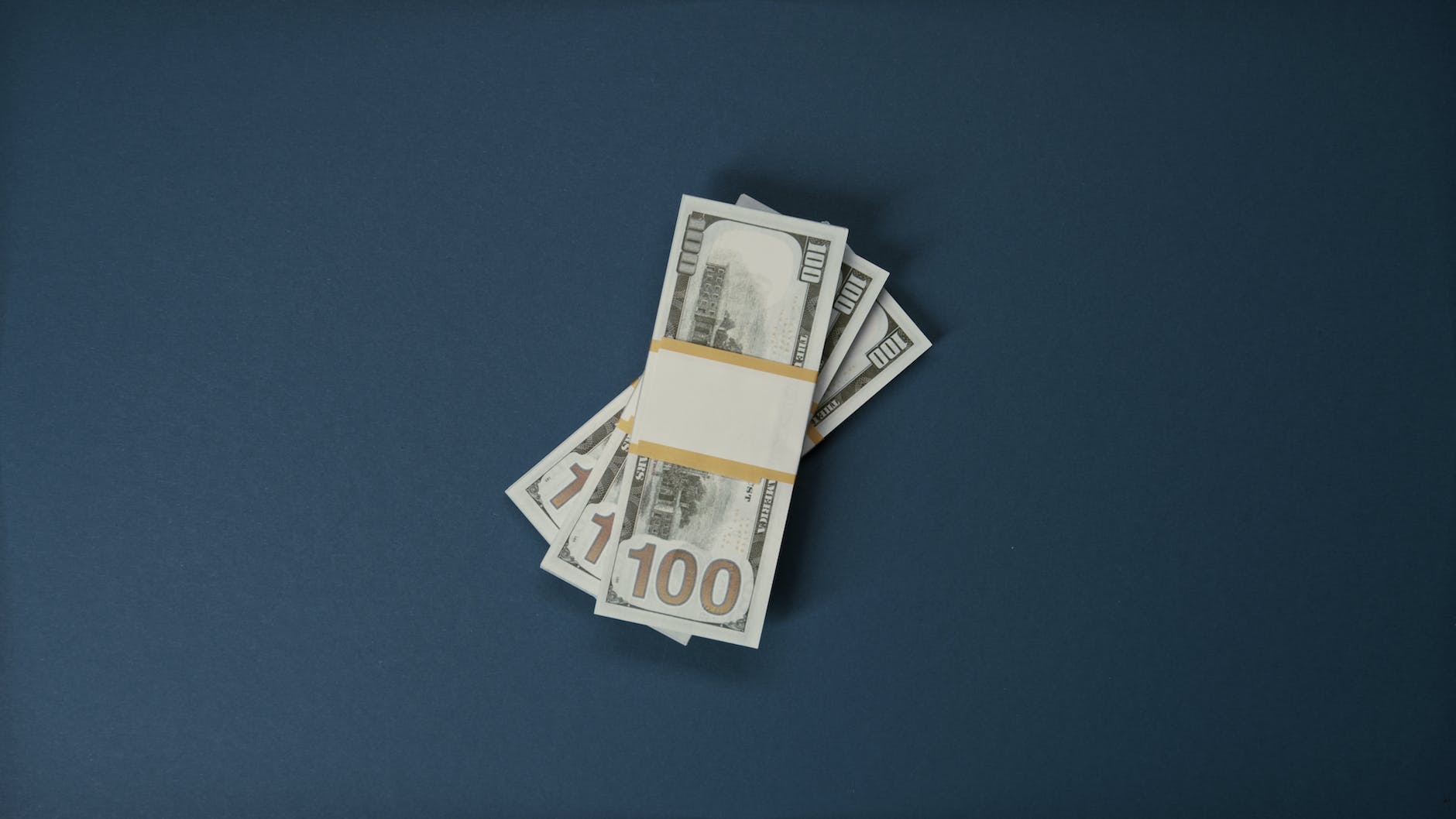
The Federal Reserve is responsible for setting monetary policy. Jerome Powell, the chairman of the Federal Reserve, is in charge of that banking system. 9 The money supply, the fed funds rate, and the utilization of credit are some of the instruments used by the Federal Reserve. These instruments regulate the impact of interest rates on the economy. If you want to determine whether the Fed is pursuing an expansionary or a contractionary monetary policy, compare the present fed funds rate to previous fed funds rates.
Also Read: The Five Characteristics of an Inclusive Economy
Inflation control is the main aim of monetary policy. The economy’s stimulation is its secondary goal. It is also responsible for the efficient operation of the banking system. Because of this, the Fed chair is frequently referred to as the world’s most powerful individual.
Ben Bernanke received the Man of the Year award from Time in 2009.
10 He was a forceful leader of the Fed throughout the financial crisis of 2008 and the collapse of the banking system in 2007. However, a lot of detractors contend that the US should go back to the gold standard.
TRADE POLICY
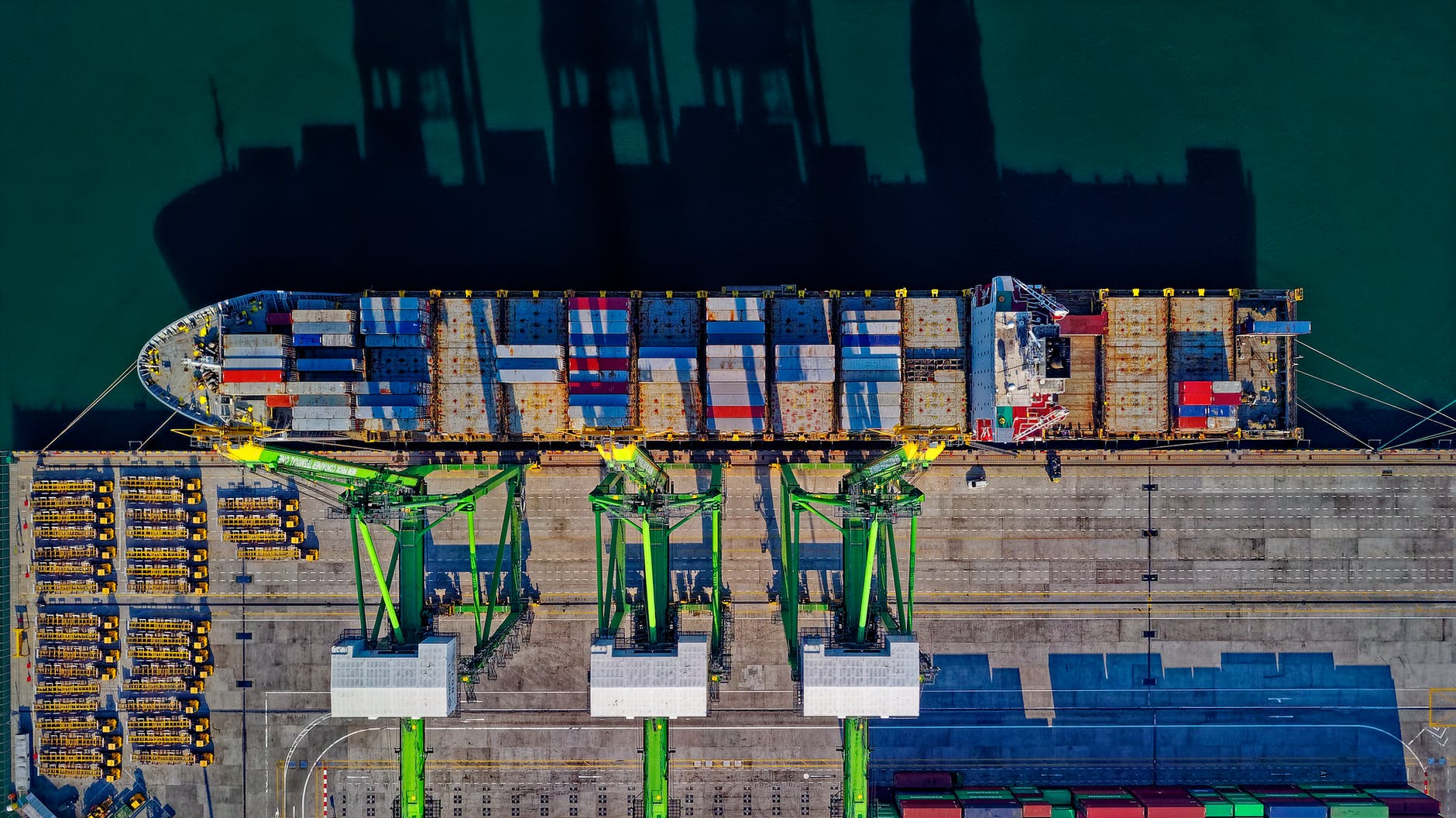
Trade ties with foreign nations are governed by trade policy, which has an impact on import and export costs.
Trade agreements, such as the North American Free Trade Agreement, aim to lower trade expenses and raise the GDP of each nation. During the Doha round of trade negotiations, the World Trade Organisation made an ambitious endeavor to create a global trade agreement. That didn’t work since agricultural subsidies were still being supported by the US and the EU.
Also Read: What is an Economic System?
The US pursued bilateral and regional trade deals instead. The Trans-Pacific Partnership and the Transatlantic Trade and Investment Partnership are two examples of this. They would be the world’s largest trade accords if they were authorized.
Trade is impacted by exchange rates since they alter the US dollar’s worth. The dominant currency in use today is the dollar. The majority of contracts in international trade are in dollars. Oil and other commodity prices can decrease when the dollar is strong. Deflation may occur from that.
FINANCIAL MARKETS
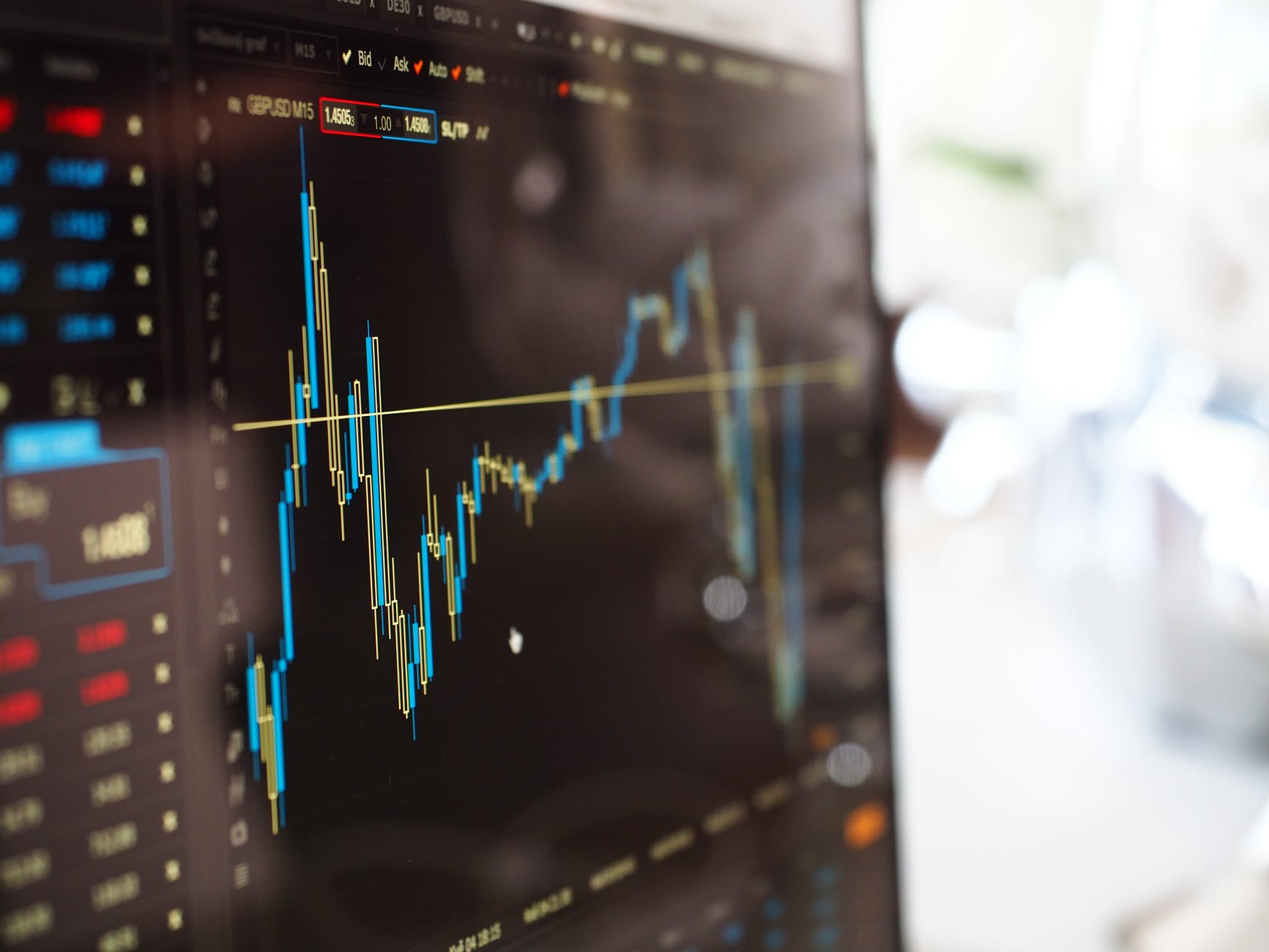
An implosion in the financial markets threw the economy into the worst recession since the Great Depression. How did this happen? It began with derivatives that were supposed to insure against defaults on subprime mortgages. Demand for the derivatives was so strong, it almost forced insurers like the American International Group to default. That threw Wall Street into a panic that spread throughout the world. Unregulated derivatives created the credit crisis of 2008.
Also Read: Definition of Economy?
Equities and investing in stocks serve as the foundation. They pose a greater risk than bonds. Treasury bonds are the most secure. Junk bonds are the most dangerous. Either one is available for mutual fund investment.
Many wealthy individuals delegate their investments to hedge funds. Others trade risky commodities, futures contracts, and credit default swaps in an effort to increase their returns. Many argued as a result of tighter controls on Wall Street.
THANKS FOR READING

